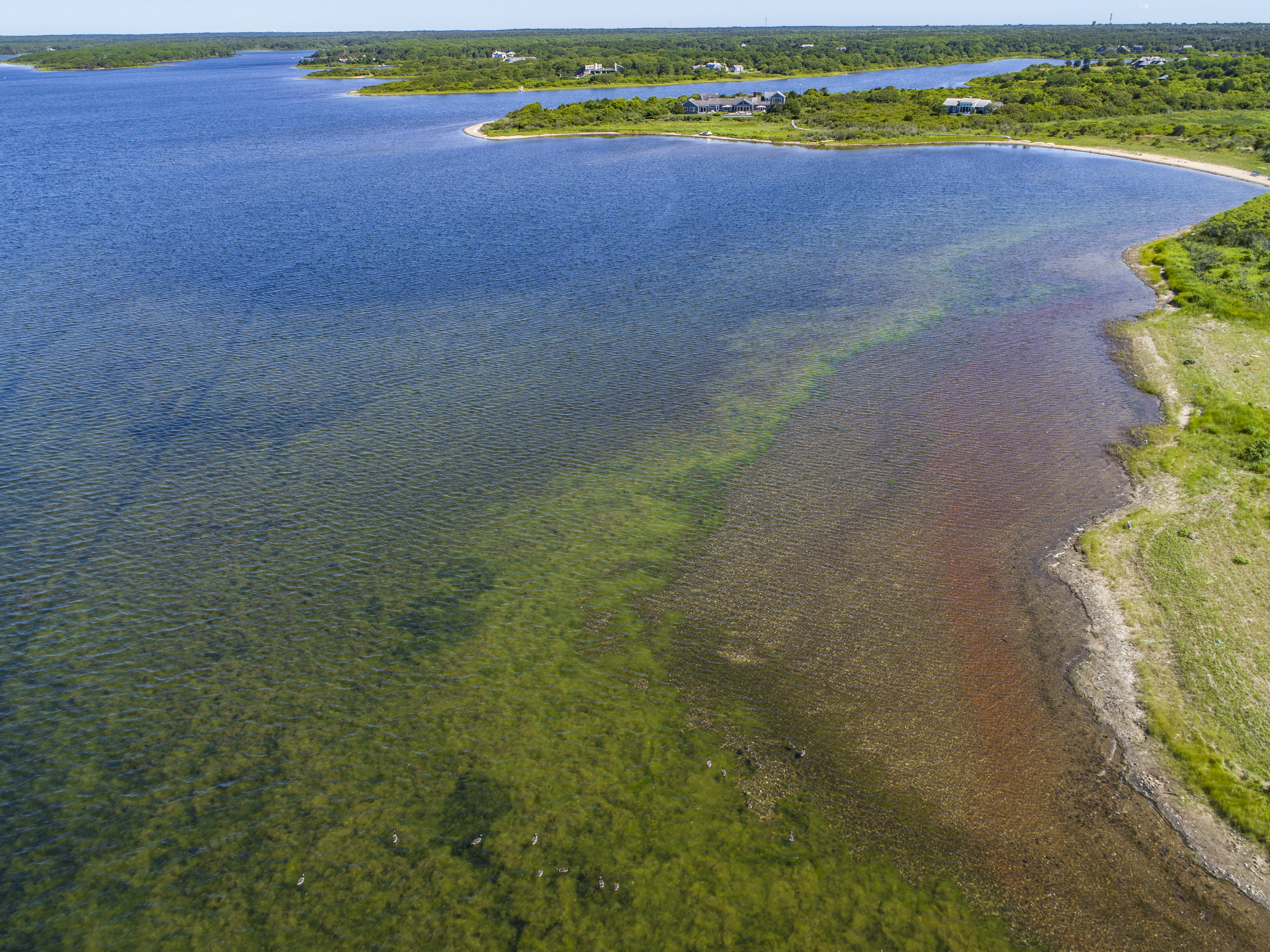Causes of Algal Blooms
What causes blooms?
Under specific environmental conditions phytoplankton (microscopic single cell algae) and macroalgae (seaweed visible with the naked eye) may grow rapidly or be physically accumulated by currents in a localized area, leading to a “bloom.” Such blooms may be harmful, with either noxious (odor, appearance, decreased water quality) or even toxic impacts. Excess nutrient loading from land can spur phytoplankton growth. Specific phytoplankton or macroalgal species may be symptomatic of different levels of eutrophication (excess nutrients) or water quality impairment.
Harmful algal blooms, or HABs, occur when colonies of algae — simple plants that live in the sea and freshwater — grow out of control and produce toxic or harmful effects on people, fish, shellfish, marine mammals and birds. The human illnesses caused by HABs, though rare, can be debilitating or even fatal.
National Oceanic & Atmospheric Administration
How do we prevent algal blooms?
Nutrients (nitrogen & phosphorus) + heat, in excess, catalyze the rapid growth, or blooming of algae. We cannot combat the heat, so we must reduce nutrient levels in our ponds that come from septic, fertilizer, and agriculture.

